



A self-evaluation of one’s real estate portfolio can be eye opening. How can you be sure that your property is poised to meet and exceed market demand and consumer expectations? Are you fully utilizing the strengths of your existing property and capitalizing on the overall experience? In today’s marketplace, differentiation is crucial as your real estate assets are distinguishable not only by price, location, and size, but by the service provided and amenities offered.
To assist in this evaluation, EDSA has developed a Property Audit which brings to light a number of considerations before engaging property upgrades, enhancements, and/or expansion plans. While every property is unique, the following is a summary of EDSA's time-tested criteria for proposed developments and/or property improvements:
While this checklist is meant only to stimulate thought provoking possibilities, there is no disputing the importance of land-use and property upgrade decisions in creating high performing destinations. For additional information or to speak with an EDSA team member, please call 954.524.3330 or email us at info@edsaplan.com.
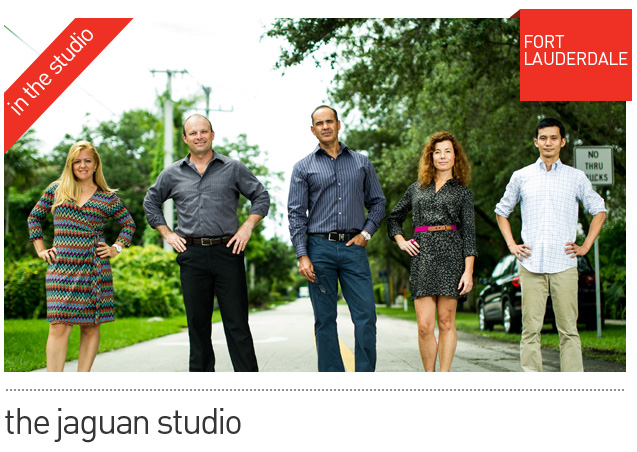
As a diverse, global team, the Jaguan Studio is comprised of designers from the US, Latin America and Japan, affording clients a unique advantage through their culturally-relative experiences. With a collective creative thirst for understanding the big picture in order to craft linkages between built, natural and living environments, studio members look beyond distinct, contained elements to design spaces that are harmonious with landscape patterns and village settings.
"Our enthusiasm and passion is contagious when we first gather to discuss a new project vision and begin the process of conceptualizing; where every individual's perspective contributes to a signature style and design specific for that development program." – Jose Jaguan, Principal
The Jaguan team has honed an expertise, particularly in resort planning, with designs that are innovative and contextural to a project's location. Whether working on a Four Seasons Resort in Brazil or Turkey, or a community development in Mexico, their design philosophy is to treat each project with exclusivity by drawing upon a country's particular history, art, and culture.
With impending projects in Eastern Europe, the Caribbean and Latin America, the Jaguan team's truism is to utilize their boutique approach to expand into new markets and grow their talents. This coupled with a well-balanced use of new technologies and hand graphics, the studio will continue to intuitively translate the largest of forms to the most human-scale environments.
For more information on the Jaguan Studio visit http://www.edsaplan.com/en/Team/Studios/Jaguan
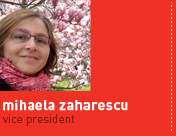
Originally from Romania, this world traveler is fluent in Romanian, English and French as well as conversational Spanish and Italian. As a young girl in Bucharest, the local park across from Mihaela's home was the stimulus for her admiration of what can happen with city green spaces. She went on to study architecture and historic gardens in France before coming to the US to pursue her degree in landscape architecture and regional planning with a focus on making outdoor, open spaces more beautiful for the welfare of people. For Mihaela, integrating something new without disturbing the existing elements of a place is the type of creativity she thrives upon. Her design is based on knowing that the essence of a project comes from keeping the raw features intact and injecting them organically with new components. As a member of the Gray Studio, Mihaela has been involved in numerous campus projects and sustainable tourism efforts, witnessing first-hand the way design positively impacts the user. She hopes to get more involved in the healthcare market and continue designing relaxing, therapeutic, and natural spaces. |
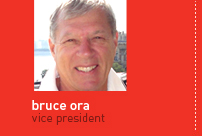
Bruce Ora's career as a landscape architect was a natural permutation from his love for history, culture, and the outdoors. He takes great pride and satisfaction in all the projects he is involved with thoroughly embracing the concepts of collaboration, implementation of detailed design, and overcoming the challenges faced during the construction phase. Bruce is a zealous traveler and scuba diver and his desire to continue experiencing the wonders of our planet and the diverse cultures that inhabit it never diminish. Roberto Burle Marx, an inspirational artist to Bruce, said "The plant is not only a plant – rare, unusual, and unordinary – but it is a color, a shape, a volume and an arabesque in itself." Bruce's philosophy and designs incorporate this notion as evident through his love, not only for nature itself, but in the subtle color palettes, shapes and textures found in its landscapes. Bruce Ora is currently part of the Sutton Studio as well as being EDSA's representative for our Abu Dhabi office, overseeing the Al Ain Zoo & Wildlife Park project as well as assisting with business development efforts in that region. |

Shaping the outdoors has always been a fascination for Danny Bulemore. The ways in which spaces take form and people use them is what inspires him as a Landscape Architect. While a student at Michigan State University, Danny interned a few summers at Walt Disney World and was immediately intrigued by Disney's immersive design and the playful curiosity it evoked for its visitors. Subconscious details that make a space exceptional really resonated with Danny. This experience allowed him to gain a stronger appreciation for the marriage between art, design, maintenance, and engineering and how their interrelationship impacts people. His approach begins by deciphering the not-so-obvious of what makes a place feel right and understanding how to integrate a balanced-blended design recipe for success. Danny is a member of the LaMont studio and quickly has become a young leader in the firm. He was impacted by his recent trip to Cambodia – amazed by the country's rich culture – and is excited for the opportunity to travel more and touch the lives of people around the world. |
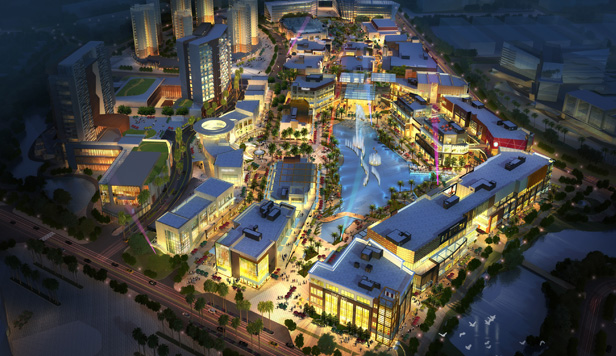
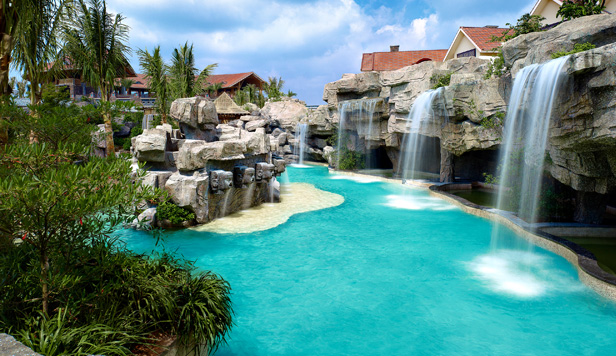
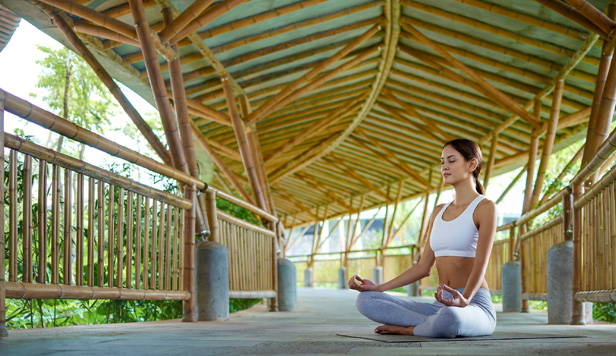
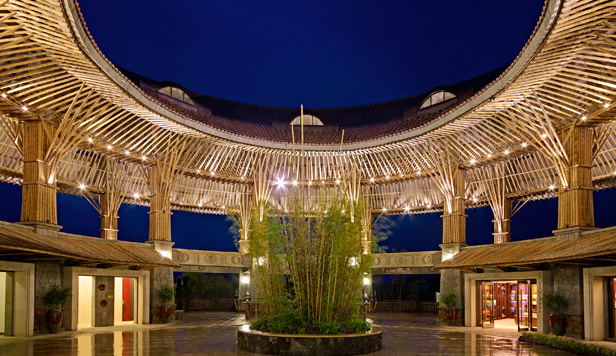

Mission Hills, Haikou is located on China's tropical island Hainan and occupies a vast lava rock landscape. Sited as the pinnacle of Hainan tourism, the resort epitomizes a destination complex which includes 10 volcanic golf courses, 518 elegantly designed guest rooms and suites, 29 spa villas, a three-story clubhouse, state-of-the-art meeting facilities, 12 world-class restaurants, a fully-equipped sports and recreation center, Hainan's first and only aquatic theme park, therapeutic volcanic mineral springs showcasing centuries-old bathing philosophies from five continents, a grandiose bamboo and volcanic rock constructed spa oasis, shopping arcade and many other facilities. In 2012, The Guinness World Records recognized Mission Hills, Haikou as the "World's Largest Spa & Mineral Springs".
Of particular interest and the initial design project for EDSA with Mission Hills Group is the Volcanic Mineral Springs and Spa which opened in October 2011. Mission Hills' vision was to create a wellness sanctuary catering to individuals and families, where guests can roam and relax. The resulting design features more than 168 spring pools with different therapeutic ingredients, smoothing experiences and pleasing temperatures that honor historic bathing rituals and healing philosophies from around the globe. In addition, the Volcanic Mineral Springs has developed an educational component by incorporating signage throughout the pools and water features highlighting native landscape materials, therapeutic information of the natural herbs and spices used and explanations for pool and water feature design. EDSA teamed with SB Architects to assist Mission Hills in achieving their vision.
Enfolding from an area of over 88,000 square-meters, the Mission Hills Volcanic Mineral Springs and Spa offers a diverse variety of wellness experiences for spa connoisseurs – ranging from nourishing, authentic rituals and therapeutic bathing revitalization which draw power from the natural mineral spring water to high-energy, family-friendly options at Lava Lagoon. Mission Hills Spa takes its design inspiration from the mystifying landscapes of the traditional Hakka Earthen Fortress Villages in Southern China. The distinctive terrain was historically used for defense and communal living and has been recognized by UNESCO as one of the World Heritage Sites for their paramount contribution to the history of building and human settlement. The setting fuses both western and oriental design elements in their most refined form while honoring the long-standing Chinese holistic philosophies of balance and harmony.
The Volcanic Mineral Springs and Spa is organized into a series of continental zones – Asia, Oceania, North and South America, Europe, the Middle East and Africa – in which the architecture, landscape and therapeutic treatments reflect the indigenous qualities of their respective regions. The overall design challenge became how to effectively blend all these areas, along with their characteristics and elements, with the native tropical landscapes and adjacent uses. As it evolved through the construction phase, the creative use of vernacular architectural elements, native lava stone and a serpentine central bamboo covered spine walkway became the harmonizing elements that brought the entire project together.
EDSA has continued its partnership with Mission Hills Group and contributed to the planning and design of a low-carbon town center with hotels, shopping and entertainment projects that will open later this year. The complex will add 1,000-plus renowned anchor brands such as, Ritz-Carlton, Renaissance and Hard Rock hotels, ice-skating and ten-pin bowling attractions to the resort that is already home to the world's largest collection of volcanic golf courses. In total, Mission Hills, Haikou perched on centuries-old lava rock, enriched with abundant natural resources, and surrounded by breathtaking natural scenery – has set a new standard in leisure, recreation and wellness experiences.

Shanghai Xintiandi has rewritten the history of Shikumen housing – the architectural symbol of Shanghai – salvaging it from decay and revitalizing it with a new modernity. As the City's "Living-Room", Xintiandi is an affluent car-free shopping, eating and entertainment district in Shanghai. A window to the past and the future of China, the Xintiandi Shikumen attraction was created by converting residential blocks of reconstituted traditional stone gate houses into a multi-functional entertainment center of international standards. The Shikumen buildings retain their antique walls, tiles and exterior representative of old Shanghai, while the internal spaces have been designed and decorated to suit the up tempo lifestyle of 21st century urbanites.
Considered one of the first lifestyle centers in China, Shanghai Xintiandi preserves the old architecture of Shanghai while promoting its role as a vibrant business district by turning the centennial antique quarter into a world full of vigor and cultural prestige.

There's a certain happiness in the air of this beautiful city with a real sense of motion. Originally settled by European pirates and slave traders, the tiny oceanside town maintains a quaint, authentic, romantic, hillside village feel as an unspoiled, uncommercialized place. Elected one of the 10 most beautiful areas in the world, Buzios is known for its unique combination of rustic charm, architectural harmony and breathtaking beaches. The hidden Azeda Beach is one of the most spectacular in all of Brazil. Considered an Environmental Protection Area, it can only be accessed via water-taxi or hiking a small track from Ossos Beach – a journey certainly worth it.

April is National Landscape Architecture Month. In recognition, EDSA along with landscape architects around the globe, will host a variety of activities to celebrate the profession. With a theme of Healthy Living Through Design, National Landscape Architecture Month will spur discussions about the profession's role in important issues such as reducing childhood obesity, cleaning air, greening streets, and urging people to take advantage of the great parks and landscapes available to them.
In working with landscape architects, communities can promote health and well-being by encouraging the development of environments that offer rich social, economic, and environmental benefits. Healthy, livable communities improve the welfare of people by expanding the range of affordable transportation, employment, and housing choices; incorporating physical activity into components of daily life; preserving and enhancing valuable natural resources; providing access to affordable, nutritious, and locally produced foods; and creating a unique sense of community and place.
National Landscape Architecture Month also encompasses Earth Day on April 22 along with the April 26 birthday of Frederick Law Olmsted (1822-1903), the father of American landscape architecture and designer of New York City's Central Park and other iconic landscapes.









